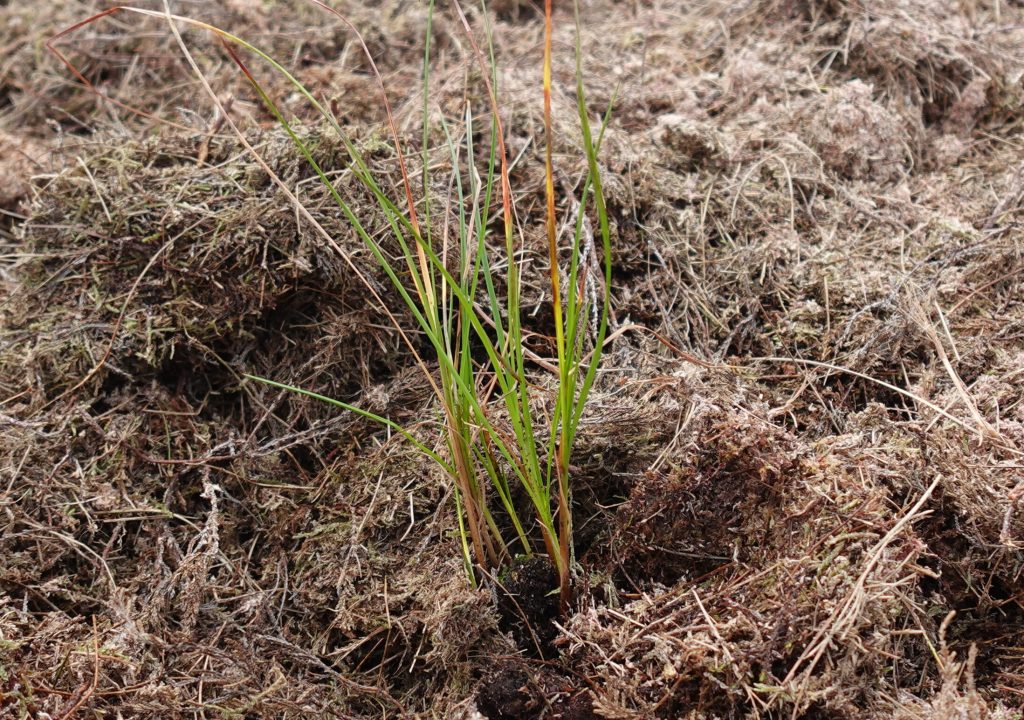What we do
Middlehope Shield and Low Slit lead mines and ore works
Archaeology
These two small mines are 400m apart in the steep-sided valley of the Middlehope Burn, north of Westgate in Weardale. They are set in a wider lead and iron mining landscape, and are linked by a tramway that is now a public right of way. Both have mid-19th century ore dressing floors with associated structures and waste tips.
The volunteers completed 12 condition assessment forms. They identified that the main threats are tree growth, flooding, stream erosion and visitor damage. Overall the risk level of these threats was recorded as low (optimal conditions) or low/medium (minor localised problems). At higher risk are the dressing floor, railways and the crushing mill at Middlehope Shield. The survey results can be viewed on the interactive Google Earth map at the bottom of this page.
Photos of Low Slit and Middlehope Shield, taken by volunteers to support the condition assessment forms, can be viewed at: https://www.flickr.com/photos/oresome/albums.
Botany
Low Slit Mine has calaminarian indicator species including spring sandwort and mountain pansy. The lichen Dirina massiliensis sorediata was recorded here as part of the OREsome North Pennines surveys and is only the second modern record in County Durham. Two small areas of calaminarian grassland were found at Middlehope Shield Mine, along with a good variety of lichens. The botany report provides further details.
Geology
Probably the most significant features of note are the exposures of the old opencast gully on Slitt Vein, a minor anticlinal fold in the west bank of Middlehope Burn, slope failures on boulder clay slopes, and the dumps of the former Middlehope Mine. The geology report gives further details.
Highlights of the main findings for the archaeological, botanical and geological interest at these sites are in the summary report. Detailed survey reports are available on request.
Middlehope Shield and Low Slit Mines











